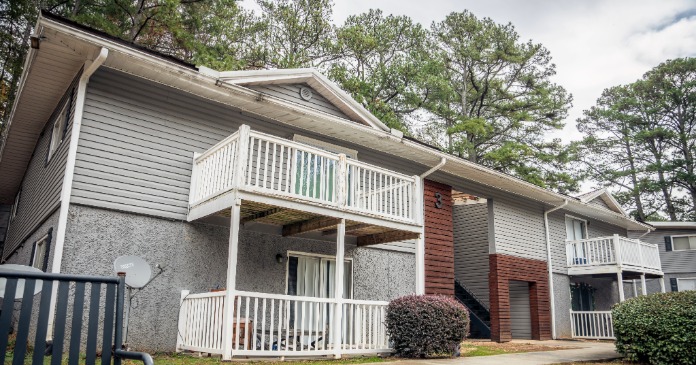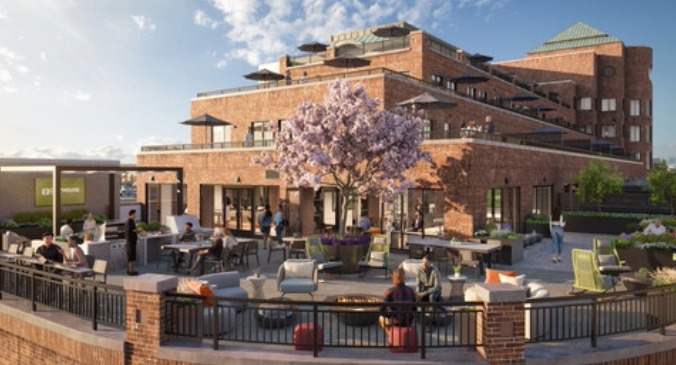Repurposing commercial properties into multifamily housing is growing more common across a variety of real estate markets and can provide a critical source of housing where shortages persist, according to a new report from the Urban Land Institute (ULI) and National Multifamily Housing Council (NMHC) Research Foundation. The feasibility of these projects is dependent on a number of factors including financing options available and physical limitations of the property.
The report – Behind the Facade: The Feasibility of Converting Commercial Real Estate to Multifamily–is based on interviews with the developers of nearly 30 commercial-to-residential conversion projects across the United States. Armed with insights from these interviews, ULI’s Center for Real Estate Economics and Capital Markets and NMHC’s Research Foundation created profiles of 24 developments that demonstrate the viability of converting old single-use office spaces, hotels, industrial properties, and more.
“Conversions have existed for decades, but the pandemic has accelerated their growth potential by rendering more commercial properties obsolete,” said Anita Kramer, one of the authors of the report and senior vice president of the ULI Center for Real Estate Economics and Capital Markets. “Our research demonstrates that there’s no ‘cookie-cutter’ formula for executing a successful project. But we do hope the insights that experienced developers shared with us can provide valuable guidance to newcomers in this expanding market.”
“Commercial-to-multifamily conversions can be one of the ‘all of the above’ solutions we need to the nation’s affordable housing crisis,” said Caitlin Sugrue Walter, NMHC’s vice president for research. “This research helps housing providers and policymakers better understand when these conversions make sense. NMHC supports enacting federal tax incentives to greatly expand the universe of properties where these conversions are financially viable and could add much-needed new housing.”
Key observations include:
- Unique financing: The financial feasibility of any project is contingent on multiple factors, such as the initial cost of acquisition and the target residential market. Crucially, developers at both the high and low ends of total cost reported successful returns on investment.
- Vacancy is not a requirement: Contrary to popular belief, building vacancy at the point of acquisition is not a requirement for successful conversion, nor is occupancy necessarily an impediment. Of the developers surveyed, those who needed to negotiate lease terminations for remaining tenants were able to do so without issue.
- Physical obstacles: Nearly every structural component of a building, from the floor plates and window systems to HVAC and sewer outfall, combines to create a unique set of challenges for each conversion project. Having an experienced team of general contractors, architects, and engineers is an absolute necessity, even for experienced developers.
- True market diversity: In addition to large metropolitan areas like Los Angeles, the report analyzes successful projects in smaller cities and suburbs such as Allentown, Pa., and Parkville, Mo. The varied settings where commercial-to-multifamily conversion is viable indicate its potential for widespread adoption.
- Uncertainty ahead: The pace and extent of future conversions will depend on zoning regulations that govern what developers can do with older buildings – and that have often changed since the original property was constructed. Other factors include the willingness of owners to put seemingly obsolete commercial properties on the market and the relative performance of the multifamily market in a given region.
A comprehensive discussion and analysis of Behind the Facade will be presented during a webinar on Wednesday, February 22. The webinar will feature commentary from Caitlin Sugrue Walter, vice president, research, National Multifamily Housing Council; Nick Brumback, president and managing broker, Brumback Inc.; Mark Rivers, executive vice president, LOWE; and Rob Kerns, development division chief, City of Alexandria, Va. You can register for the webinar here.












